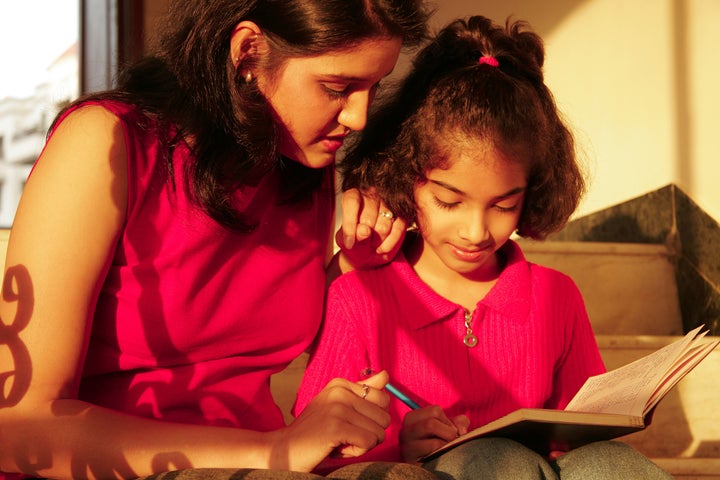
Recent data shows that over the past two decades the reading competency of American students has lagged. These findings demand immediate action. With all the many programs our teachers adopt and school districts purchase, and with all the debate over different approaches to teaching reading, it is urgently time to reinvent the teaching of reading, acknowledging that it is the key to improving students' overall success in school, impacting every single subject area and our children's future success in the workplace.
This, the 21st century, is the century of the critical reader. The 21st century reader is absorbing the world on a screen, on a mobile phone, on an ereader. More than ever before, every child needs not only to decode words and not to simply answer an adult's questions such as "Who is the character in this story?" but more, much more: to navigate the cacophony of words in a universe of information, opinion and stories. They need to be able to input their own questions in that Google bar, and marshal information that matters to them, and that can change their lives.
The way we've taught reading until now does not match what the 21st century child needs to know, and to know what to do when navigating this complex and varied universe of information and opinion.
Imagine if you enrolled your child in a soccer tutorial and for three quarters of the hour long practice the coach described soccer using words instead of action. In place of drills or scrimmages, players were lectured on the precise angle to hold their foot when kicking the ball, or the theory behind a good offensive play. This is how reading has been taught for years in our schools. Teachers lecture about "reading comprehension strategies" and "decoding skills" instead of giving children the real and authentic opportunities to actually read from varied and meaningful resources in school. They are reading less than seven minutes every day, if that, independently, by the middle school grades.
With this in mind, the simplest solution and the key to stronger reading is to treat reading as practice. Teachers need to reduce the amount of time spent talking about the benefits of reading and allow students to sit down and read. It really is this simple. It is widely accepted that math aptitude comes from working through problems and exercises. It shouldn't be hard to see then that the muscles for reading well are cultivated by absorbing words and practicing how to synthesize new ideas and new information for a new world.
Raising voracious, passionate readers means allowing children to take charge of their reading lives. A highly popular method for teaching reading is the "whole class novel" approach; it has never been proven effective by any measurable data but it is the single most common method for teaching reading anywhere in this country. Researchers (I have a particular affinity for the tireless work of Richard Allington on this subject) have been campaigning for years to say that reading at one's own independent reading level is a dynamic and effective way to build students' reading stamina, confidence and capacity for reading at higher levels.
What I am proposing is exquisitely simple, and therefore not costly. Children building capacity to read at and beyond their levels means they have to read from a deep variety of texts and for a wide variety of purposes, from a video game manual to a graphic novel to a blog on a subject of interest to the back of a cereal box to a classic canonic text. My idea is the converse idea to what has arisen from the ratcheting up of anxiety in our schools' decision makers by poor data outcomes, who resort to the purchase of snake oil remedies when instead they could solve a very simple problem with a very simple solution. It's as simple as this: children learn to read by reading. People get really good at what they do by doing it. Let's bring reading back to the classroom.
Let's let our children read.
